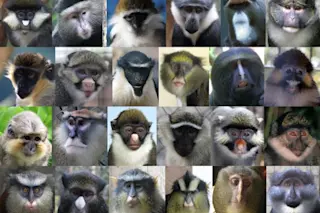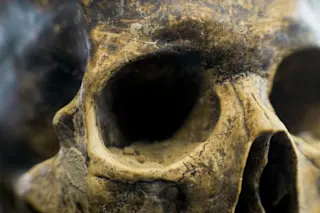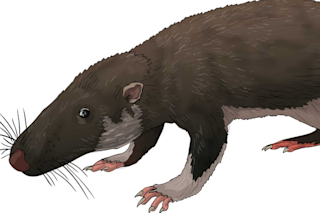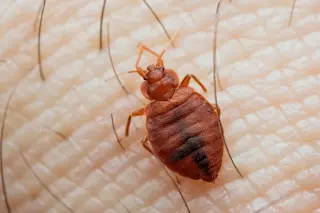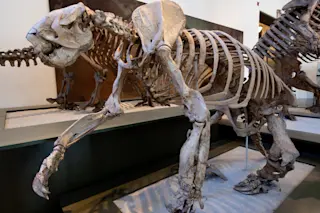The cornucopia of guenon monkey faces. (Credit: William L. Allen and J.P. Highham/Nature Communications) The closely related guenon monkey species of Central and West Africa have a lot in common: they’re neighborly creatures that will travel, feed and even sleep together. But take an inventory of their faces, and you’ll see that no two species are alike. From Mohawks to colorful muttonchops, guenons use these distinguishing features to avoid mating with the wrong monkey. Using facial recognition technology, researchers from New York University and the University of Exeter have proven a decades’ old theory: guenons evolved facial features to stand out from the crowd. Their findings provide the best evidence to date for the role visual cues play in preventing breeding across species.
Interbreeding is an evolutionary dead end for some animals, as offspring of these unions tend to be infertile. Since many species of guenons live in close proximity ...


